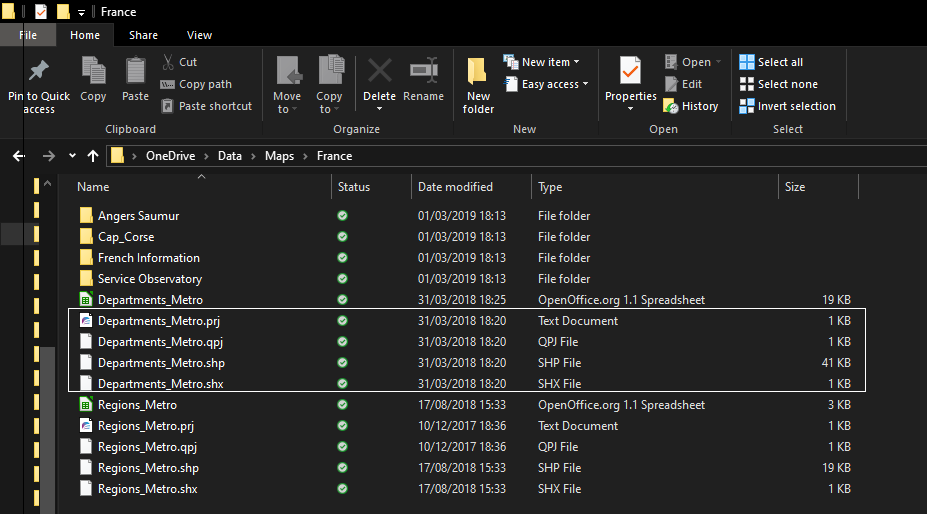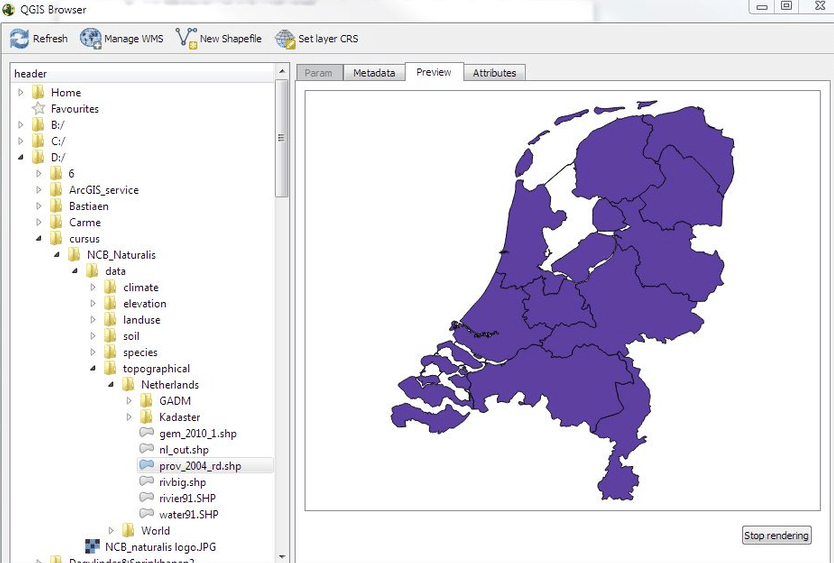Here is a screenshot of the MapInfo Map Manager application.
The shape and tab file formats have been around since the beginning of desktop mapping. MapInfo introduced the first desktop system in 1986 which gives you an indication of how long these formats have existed.
As they are still used and therefore relevant, it is always useful, for even the most casual user of GIS, to be aware of the file structure of shape and tab files as they are still going to around for the foreseeable future.




 RSS Feed
RSS Feed